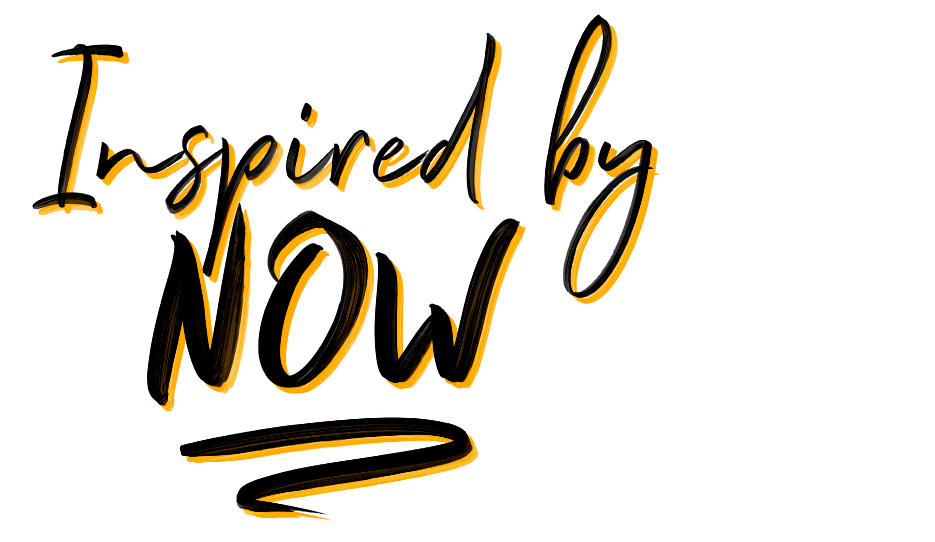Want to Try Night Photography and Light-Painting?
I’d like to talk about something new I’ve tried.
Last weekend I attended a photography workshop organized by the California Center for Digital Arts. The main goal of the workshop was discovering the remains of a once very popular recreational area, the Salton Sea in California, and capturing the decay of natural and manmade items around the lake.
The most exciting part of the weekend for me was trying out nighttime and light-painting photography. In fact, the absolute highlight was seeing the billions of stars above my head in every direction. I live in a city, where it is impossible to view the stars the same way as you can far away from civilization.
Since this was my first attempt to capture light-painted objects and the night sky on my photographs, and I feel pretty successful with the results, I wanted to share my thoughts and recommendations about it. I’m hoping to inspire and help out others who have never attempted doing this before, and would like to try it.
I will tell you what equipment I used and how I made these pictures, although you certainly don’t need to have exactly the same gear or even the same settings. They will just give you good starting point. To create the shown pictures I used
- a Nikon d750 dslr camera,
- a Nikon 14-24mm f2.8 lens,
- a sturdy tripod,
- and some flashlights.
In order to be able to capture the starry night, you need to find a location far far away from large, bright cities. We were in the Anza-Borrego Desert area, in a fairly – but not perfectly – dark place. All the participants set up their cameras facing one of Ricardo Breceda’s steel sculptures, an elephant. We started out by focusing on the sculpture (it needs to be lit up by a strong flashlight or car headlights for focusing). Then, we took a picture of the dark scene to capture the starry sky. It took a few trials to get a good base image, but here are my settings for the picture that I found acceptable:
- ISO 400
- 24mm
- f/5.0
- 30 seconds shutter speed.
When you have a base image where the sky has enough stars showing, you can start experimenting with the light painting. It will take a few tries to have your object painted the way you like it. Our instructor tried different flashlights (some with colors), for various amounts of time, and from all kinds of angles. I would suggest that first you light the object for about 10 seconds in total, which does not have to be done continuously. But do turn the light off before you move to a new area, otherwise a light streak will show on your image. Check the picture and decide, if you want to light the item more or less, or maybe at different spots. There is no perfect recipe; it’s a fun trial and error process. Here is a set of pictures from the first attempts:


Elephant statue (by Ricardo Breceda) lit by blue flashlight
Next, we moved to a new statue. Here, my camera settings were:
- ISO 640
- 16mm
- f/5.0
- 30 seconds shutter speed.
There were two images that I liked and I combined them in Photoshop. The result:
My last and most favorite image was created differently. This is not light-painted, it is a silhouetted picture of the horses with the Milky Way showing in the background. You still need to light the object in order to manually focus on it, but then you need darkness. The settings for this image were:
- ISO 4000 (try different high ISOs)
- 17mm
- f/5.0
- 34 seconds shutter speed. I used the bulb mode and counted.
The final touches were done in Lightroom and Photoshop, and I also used Perfect Effect 9. Here is my most favorite image of the night:





0 comments